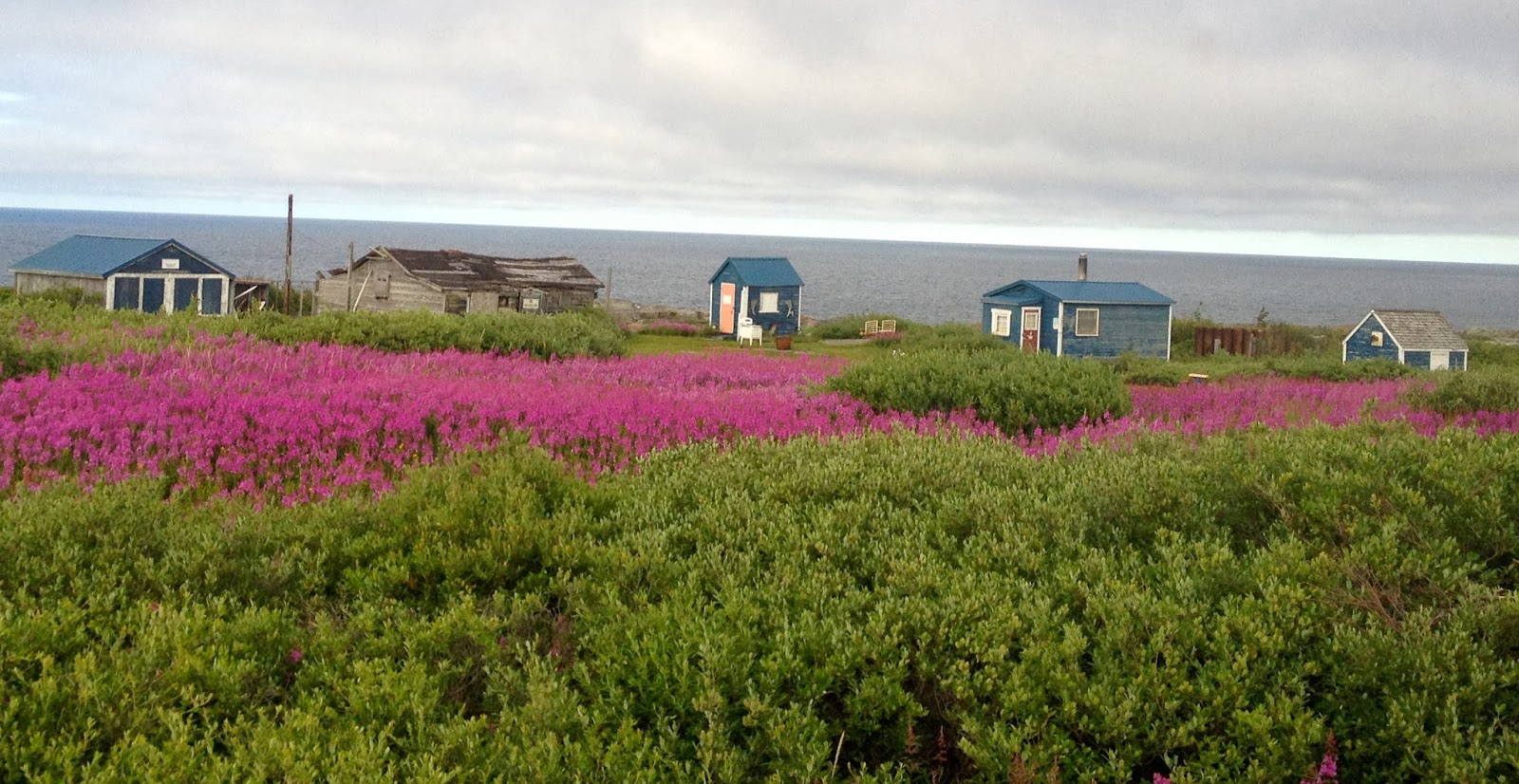Mel is a friend of the Oxford Dogs. She is an avid kicksleder and scooters with her dog. Mel also runs a business offering amazing tours to Churchill, Manitoba. It's the trip of a lifetime! We asked her to write about her trips, so that other's can enjoy this Canadian gem.
The Churchill Experience
By Melanie Gamache
There are many destinations throughout
Canada that should be included on everybody's bucket list to visit
and Churchill, Manitoba should not be excluded. It’s not
just because it’s the “Polar Bear Capital of the World” but
also because of the rich history to the area, the beautiful scenery
in winter, yes I said winter, and summer and the chance to view
wildlife up close and personal in their natural habitat. When you
decide to book a tour with The Churchill Experience you will have the
opportunity to experience all these wonderful opportunities in and
around Churchill as well as learn about their influences on modern
day Churchill
The Churchill Experience offers tours during both the summer and winter season. These tours are organized to help you visit the most Churchill has to offer during that particular season. The summer tours offer long days with warmer temperatures, don’t be afraid to pack shorts, so you can enjoy the beluga whales swimming around the boat or nudging your paddle while kayaking in the Churchill River estuary. There may not be any snow but that won’t stop the sled dogs from wanting to take you for a dog cart ride with Bluesky Expeditions DogsledCamp. While you’re waiting for your turn on the dog cart you can enjoy the company of sled dogs and visit the “Retired Sled Dog Hotel”. Take yourself back in time and learn about some of the history that helped put Churchill on the map while visiting significant historical structures like the Fort Prince of Wales, Dene Village and Cape Merry. Small but full of culture and history, the Eskimo Museum houses some of the most interesting displays of carvings, tools and relics used by the Inuit culture. While touring the Churchill Northern StudiesCentre you will see the brand new scientific research facility that operates year round with scientists conducting research on a diverse range of topics concerning northern science. You will have a bird’s eye view from the Churchill River viewing tower to see what is off the beaten path on the landscape surrounding Churchill and the Churchill River, the source of drinking water for the Town of Churchill. You will take a walk on the wild side with a hike to explore the Hudson Bay coast, have a panoramic view of the MV Ithaca, walk through the Miss Piggy plane crash and if the weather cooperates we will have a bonfire on a sandy beach of the Hudson Bay.
Our winter tour has a slightly different focus as the weather is slightly cooler but nothing hardy Canadians can't endure with a few extra layers. The temperatures may be cooler but it will not stop us from visiting the Churchill Northern Studies Centre, the Eskimo Museum and the Churchill River viewing tower. One of the best parts of this tour is that it’s a great time to be out in the Bluesky Expeditions Dogsled Camp to observe the dancing Aurora Borealis in brilliant shades of blue, green and purple. The only thing that could make this better would be watching these dancing lights while visiting the sled dogs from “Retired Sled Dog Hotel”.
Now what about
those sled dogs? Well, all this snow makes those beautiful
woohooing dogs excited and ready to take you on a dog sled ride
through the meandering trails of the centuries old boreal
forest. But that’s not all, we will also show you how to
make ice candles, teach you how to make that tasty traditional
bannock and teach you all about dog sledding with a presentation by
an experienced musher, Gerald Azure.
We are fortunate that with our intimate tour groups we operate on a relaxed schedule which allows us to the opportunity to mingle with the locals and learn about the benefits and challenges of living in the remote northern wonderland. Our tours are a cost effective way for you to optimize your experience in Churchill.
We are fortunate that with our intimate tour groups we operate on a relaxed schedule which allows us to the opportunity to mingle with the locals and learn about the benefits and challenges of living in the remote northern wonderland. Our tours are a cost effective way for you to optimize your experience in Churchill.
Now, if all this
doesn’t make you want to visit Churchill I will have to ask you to
visit my website, www.thechurchillexperience.com,
to check out the photos helping you bring these experiences to
life. Don't miss your opportunity to join us on The
Churchill Experience!










































